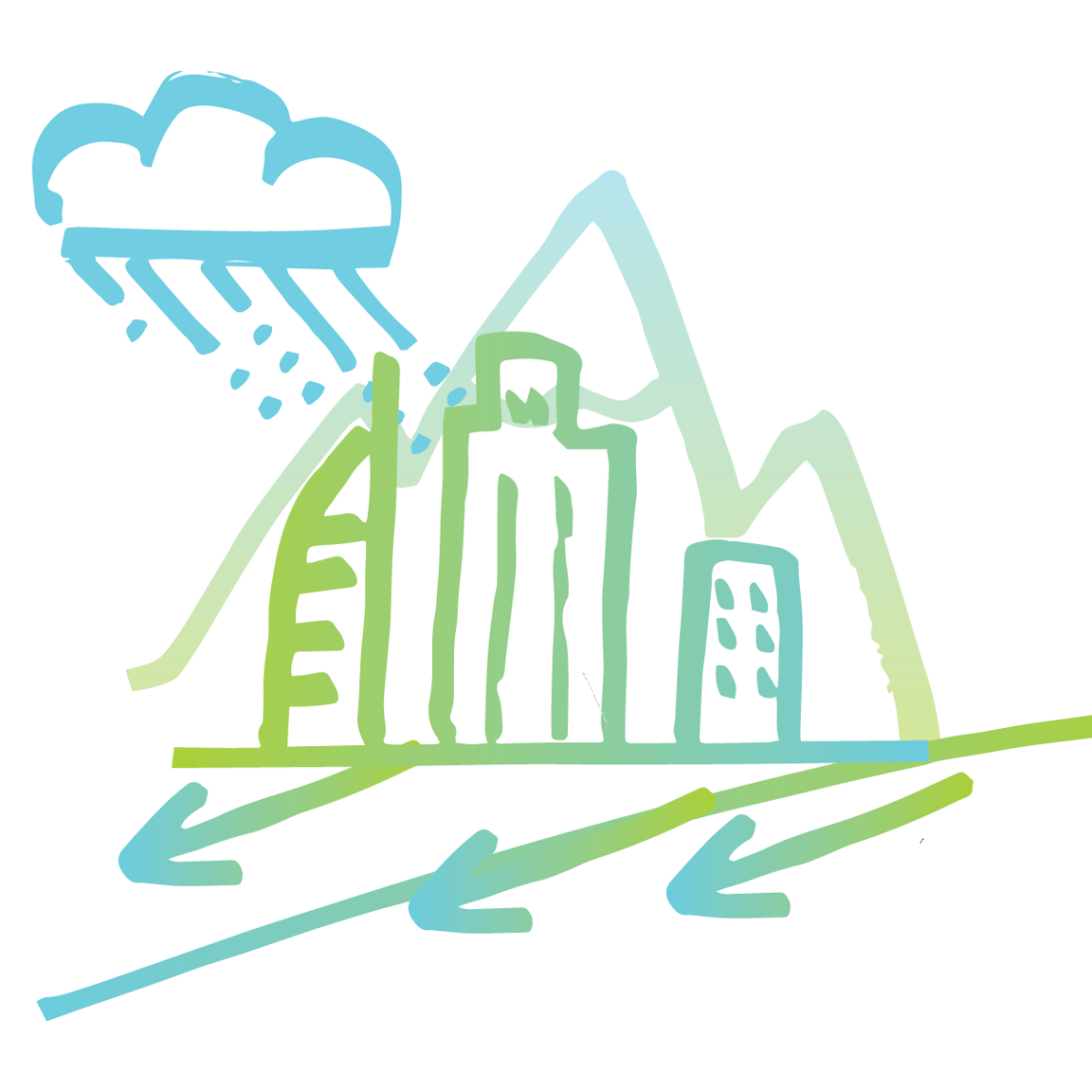
Here, we present, several alternative approaches to designing a regional green infrastructure network.
There already exist initiatives to enhance active transportation (biking, walking, public transport). There exist water management plans (EWMPS and IRWMPS). There exist plans by municipalities. How can we fold these together regionwide to allow for enhanced mobility for diverse community members, while also maximum water quality benefit and quality of community life?
The four alternative green infrastructure network we present each prioritize different, but related values.
We will be excited to share the resulting network alternatives with you in a couple months. Stay tuned!
In the meantime, here are the values that are the basis of each scenario:
Green Infrastructure Network Basic (Control) Scenario
This scenario represents existing and proposed routes and vetted by Los Angeles County’s Metropolitan Transit Authority. This is considered a “basic” scenario in that the following 4 alternatives use this as a control situation.
1] Walkability factors
This scenario considers the previous basic scenario, but prioritizes additional elements compiled by Reid Ewing and Mark Cervero. Ewing and Cervero’s studies were commissioned by the EPA and are the basis of WalkScore. These studies list a number of factors that collectively impact walkability, such as distance to a central accessible location, job accessibility along home and commercial corridors, and percentage of four way intersections. We added other factors that have been discussed in the literature, such as existence of center medians, lower density of surface parking, fewer road lanes, and existence of sidewalks. This network alternative is meant to emphasize walkable routes.
2] Quality of mobility (pleasurable routes)
This scenario is inspired by Jan Gehl’s observation that people are more likely to walk and spend more time in public space in pleasant and stimulating environments. The longer people linger in public spaces, the more lively and safer these spaces become. “A good city [space] is like a good party - people stay longer than really necessary, because they are enjoying themselves.”
This scenario emphasizes a clearly hierachized network of central destinations with small and frontage roads, rather than arterials. It privileges sidewalk width, smaller lot sizes (for visual interest), quieter streets (with less lanes and traffic), lower speed limits, and building height less than 3 stories.
3] Maximize nature based solutions
This scenario aims to prioritize water quality and potential for implementing nature based solutions. What is a network in which elements synergize to maximize water quality benefit to existing waterways? This scenario considers the size and impact of sub-catchment basins, size of opportunity land within each basin (undeveloped, park, and government or educational management), and proposes a network for green infrastructure retrofits that synergizes with existing potential.
4] Maximize social equity benefits
This scenario prioritizes public health and quality of life improvements in areas that are under-resourced. Because CalEnvironScreen’s map is widely used, this map is used to weight the location and density of a green infrastructure network.
Made with ❤️ by TreeStack.io